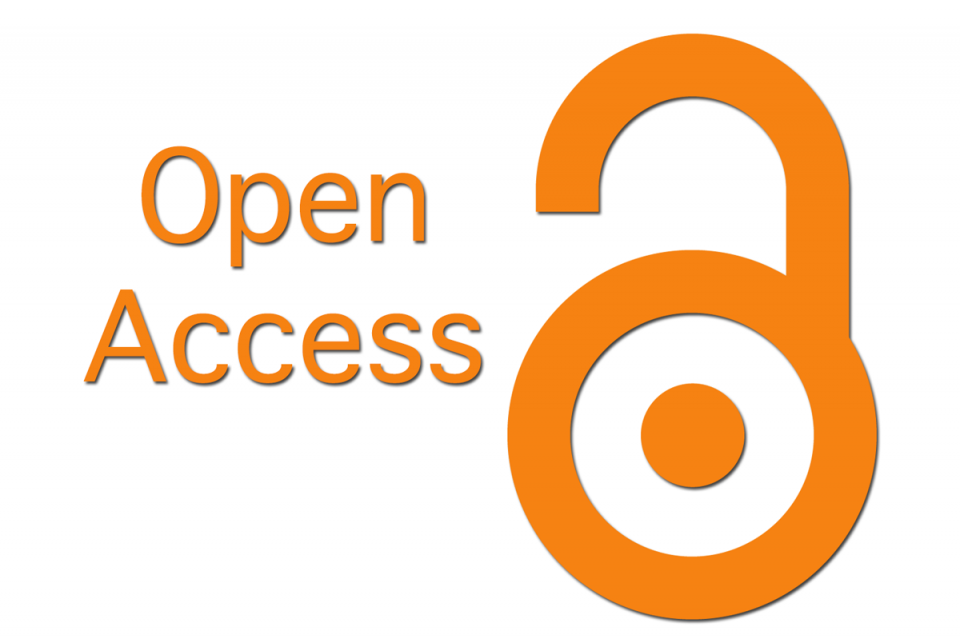The Speech Act of Threat in Various Communicative Situations
Abstract
The paper attempts to identify common features characteristic of the expression of a threat in different communicative situations, as well as to describe the circumstances affecting the choice of certain language means to express threat. The direct and indirect forms of speech aggression seen as threat are studied in four spheres: political, business, everyday vernacular and mass media. We used data obtained by the method of continuous sampling from the Internet as material for the study: screenshots of personal correspondence, posts on social networks, photographs of paper media. In all these data, the speech act of the threat is recorded in writing and represents a threat-warning.
Downloads
Metrics
References
Баранов А.Н. Феномен угрозы в лингвистической теории и экспертной практике / Теория и практика судебной экспертизы. – 2014. – №4(36). – С. 139-147.
Безяева М.Г. Семантика коммуникативного уровня звучащей речи. М., 2002.
Вежбицка А. Речевые жанры [в свете теории элементарных смысловых единиц]/ Антология речевых жанров. М., 2007.
References
Baranov, A.N. (2014) The phenomenon of threat in linguistic theory and expert practice / Theory and practice of forensic examination, 4 (36), 139-147. Moscow (in Russian).
Bezyaeva, M.G. (2002) Semantics of the communicative level of sounding speech. Moscow (in Russian).
Vezhbitska, A. (2007) Speech genres [in the light of the theory of elementary semantic units] / Anthology of speech genres. Moscow (in Russian).
Copyright (c) 2021 Елена Юрина, Светлана Доронина

This work is licensed under a Creative Commons Attribution 4.0 International License.
The authors, which are published in this journal, agree to the following conditions:
1. Authors retain the copyright to the work and transfer to the journal the right of the first publication along with the work, at the same time licensing it under the terms of the Creative Commons Attribution License, which allows others to distribute this work with the obligatory indication of the authorship of this work and a link to the original publication in this journal .
2. The authors retain the right to enter into separate, additional contractual agreements for the non-exclusive distribution of the version of the work published by this journal (for example, to place it in the university depository or to publish it in a book), with reference to the original publication in this journal.
3. Authors are allowed to post their work on the Internet (for example, in a university repository or on their personal website) before and during the review process of this journal, as this may lead to a productive discussion, as well as more links to this published work (See The Effect of Open Access).










